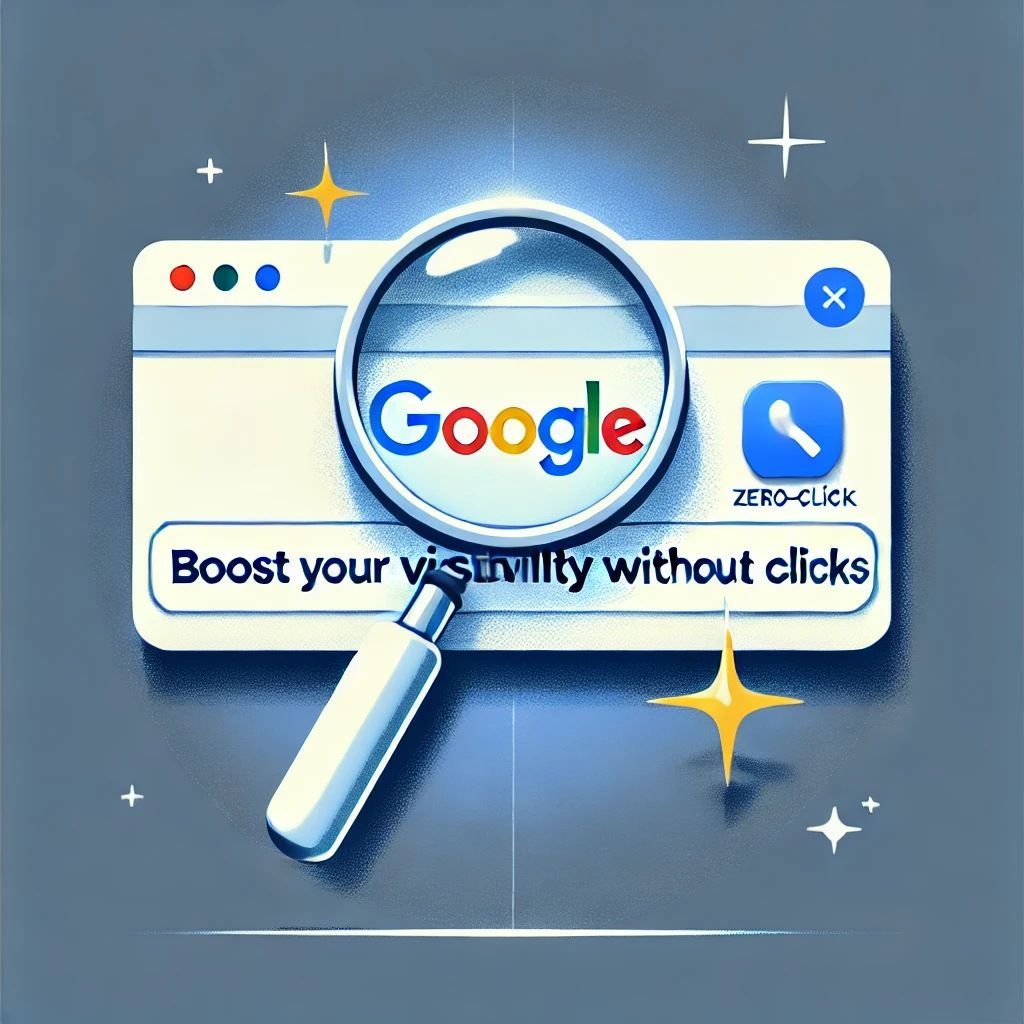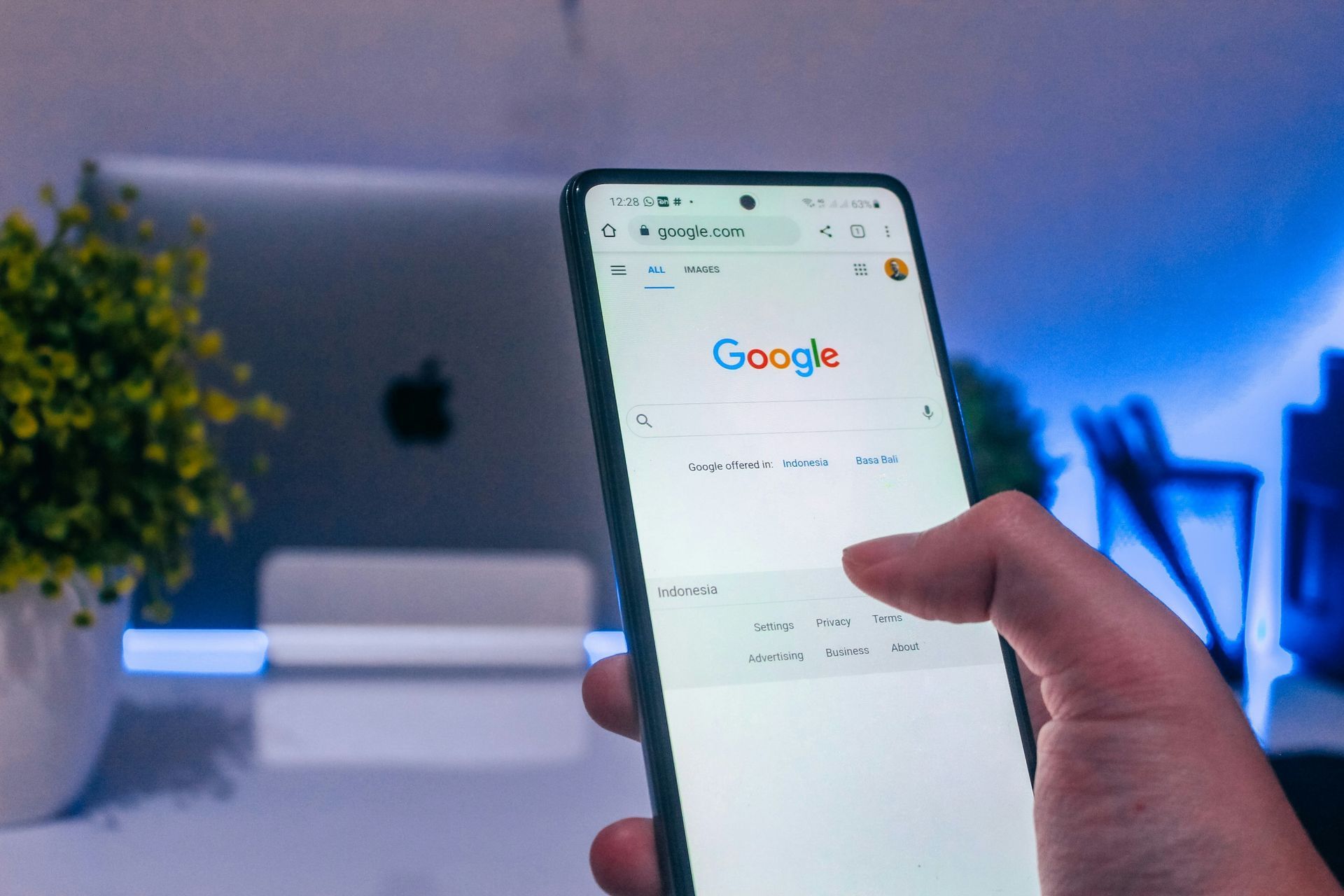Top 5 Website Design Best Practices for Nonprofits Using Duda
In today’s digital world, nonprofits need more than just a presence online—they need an impactful, well-designed website that captures the essence of their mission and engages visitors. The right website can drive awareness, donations, and involvement. Duda, a popular website building platform, offers nonprofits the flexibility to create visually stunning, responsive websites without requiring deep technical knowledge. But what design elements should you focus on to make the most of this platform? Here are five best practices to follow when designing your nonprofit website using Duda.
1. Simplified, User-Friendly Navigation
Your website visitors come to learn more about your cause, how they can get involved, or to donate. Complicated or cluttered navigation can frustrate users, driving them away. Clear and simple navigation ensures that visitors can easily find the information they need, whether they are looking to learn more about your mission or want to donate directly.
Best Practices for Navigation:
- Use clear, direct labels: Label menu items with straightforward titles like About Us, Our Work, Donate, and Contact Us. Avoid creative titles that might confuse visitors.
- Prioritize important links: Make sure key sections, such as Donate or Get Involved, are easily accessible either in the main navigation or as a sticky header that stays visible as visitors scroll.
- Limit menu options: Too many choices can overwhelm users. Stick to the essentials, and use dropdown menus sparingly to keep navigation concise.
Why Duda Helps: Duda’s drag-and-drop interface makes it easy to organize and customize menus, ensuring a streamlined, consistent experience across desktop and mobile devices.
2. Use Strong Calls-to-Action (CTAs)
CTAs are one of the most important elements on your nonprofit website. They guide visitors towards taking specific actions like donating, subscribing to newsletters, or registering for events. A website without well-placed, engaging CTAs can miss out on converting visitors into supporters.
Best Practices for CTAs:
- Be direct and action-oriented: Use strong verbs and clear language like Donate Now, Join the Cause, or Volunteer Today.
- Place them strategically: Your most important CTA—often the Donate button—should be prominently featured on every page. Consider placing it in the header or as a consistent feature throughout the site.
- Use contrast to stand out: Design your CTA buttons with contrasting colors to make them pop against the background. This draws attention and increases the likelihood of clicks.
Why Duda Helps: Duda’s built-in design tools allow you to easily customize and position CTAs across your site, ensuring they stand out on all screen sizes.
3. Integrate Seamless Donation Features
Your donation page is arguably the most important section of your website. Making it as easy and straightforward as possible for visitors to contribute is critical. A clunky donation process, or one that doesn’t inspire trust, can lead to abandoned contributions.
Best Practices for Donation Pages:
- Keep it simple: Avoid overwhelming donors with long forms. Only ask for the essential information needed to complete the transaction.
- Use a variety of payment methods: Offer multiple donation options, including credit cards, PayPal, or even mobile-friendly payment methods like Apple Pay.
- Make it secure: Use trusted payment gateways and display security badges to reassure visitors that their information is safe.
Why Duda Helps: Duda integrates seamlessly with a range of third-party donation platforms, including PayPal and Stripe, making it easy to set up secure and user-friendly donation pages.
4. Leverage Storytelling to Create Emotional Connections
People don’t just support nonprofits—they connect with their stories. Nonprofits can use their websites to tell compelling stories about the work they do, the lives they change, and the impact they have. Engaging content—whether it’s written, visual, or video—can turn visitors into supporters and donors.
Best Practices for Storytelling:
- Showcase real stories: Highlight the individuals or communities you’ve helped. Use testimonials, case studies, or success stories to create a personal connection.
- Use multimedia elements: Duda allows you to easily integrate high-quality images, videos, and slideshows. Use these to bring your stories to life. Photos and videos of the people behind your cause create an emotional connection that words alone cannot achieve.
- Create a blog or news section: Keep your supporters updated on ongoing projects, achievements, and important news. A regularly updated blog also helps improve SEO, bringing in more visitors organically.
Why Duda Helps: Duda’s flexible design elements make it easy to embed videos, create custom galleries, and highlight visual storytelling across your website.
5. Optimize for Speed, Mobile, and SEO
A slow-loading website can lose visitors before they even get a chance to engage with your content. In addition, more people are using mobile devices to browse the web, so having a site optimized for mobile is crucial. Finally, for nonprofits to grow their audience, their website needs to be discoverable through search engines.
Best Practices for Optimization:
- Speed up load times: Compress images, minimize plugins, and use caching to ensure that your website loads quickly. Slow websites lose engagement and can lead to higher bounce rates.
- Optimize for mobile: Ensure that your website is fully responsive, meaning it adjusts automatically to fit mobile, tablet, and desktop screens. This is crucial as mobile traffic continues to grow.
- Focus on SEO: Use clean URLs, descriptive meta tags, and proper headings (H1, H2, etc.) to improve your search engine rankings. Incorporate relevant keywords and regularly update content to ensure that your nonprofit appears in search results.
Why Duda Helps: Duda is built for mobile-first design and includes built-in speed optimization and SEO tools, making it easier to improve website performance across all devices.
Conclusion
Building an impactful nonprofit website on Duda is more than just aesthetics—it’s about creating an engaging, functional, and optimized experience that supports your mission and encourages visitors to take action. By focusing on user-friendly navigation, compelling CTAs, seamless donation features, storytelling, and optimization, your nonprofit can leverage Duda’s powerful platform to build a website that resonates with your audience and drives meaningful engagement.
With these best practices in mind, your nonprofit will not only inform but inspire, creating lasting connections with supporters through a well-crafted, user-centric website.











